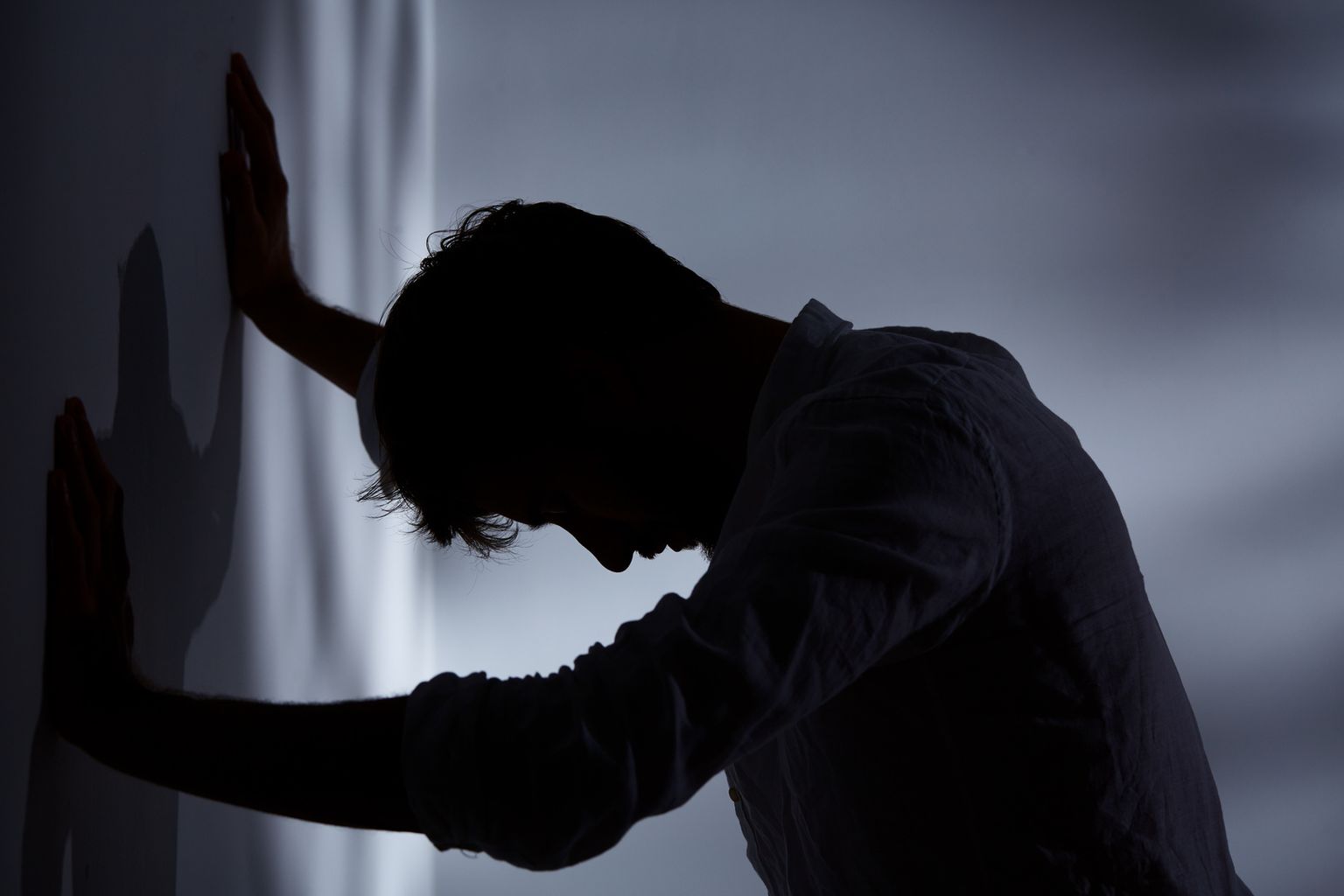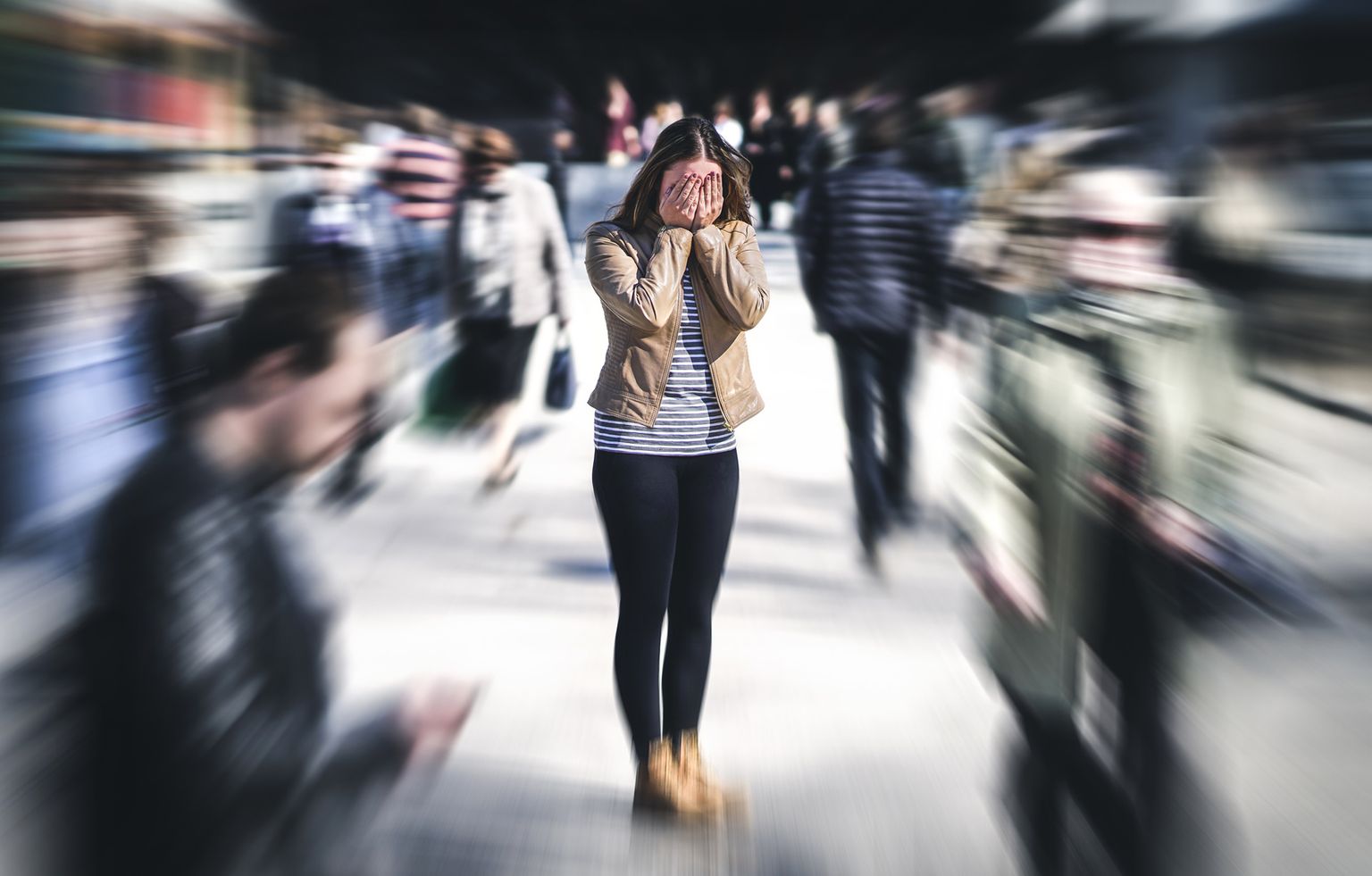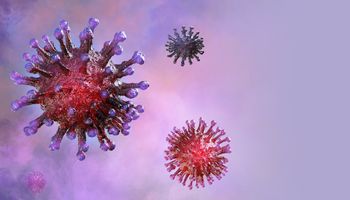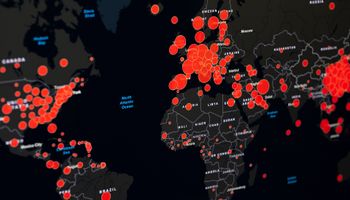What is PTSD?
PTSD is the abbreviation of a mental illness called post-traumatic stress disorder. The disorder can result from a horrific event that one has experienced or witnessed. A traumatic experience usually causes temporary difficulties in everyday life. However, if these difficulties no longer disappear or even worsen, one may have post-traumatic stress disorder.
Most experiences involve events that violate one's psychological integrity. After the trauma, the psyche of the affected person does not manage to process it, resulting in the disorder. Symptoms of PTSD do not have to appear immediately after the trauma. In some cases, the psyche tries to repress the traumatic event in advance. As a result of this repression, it can happen that the disorder only breaks out after several months or years.
Moreover, the reprocessing of the trauma does not necessarily have to take place while the patient is awake. The trauma can also be processed during sleep after the event. Often the sleeping form of processing is associated with nightmares. Repression is also often associated with nightmares. Nightmares are among the many signs of post-traumatic stress disorder.
Treatment measures of a post-traumatic stress disorder
Unlike physical illnesses, mental illnesses always have different effects. For this reason, if you believe you are affected by PTSD, it is important to seek medical advice. As a general rule, the earlier post-traumatic stress disorder is treated, the better the prognosis. The treatment measures vary depending on the symptoms of the affected person. Among the best-known measures are:
Hypnosis therapies
Hypnosis as a form of therapy is nothing new for a long time. It is considered a scientifically recognized and long-tested psychotherapeutic method, which has its origins in the 18th century. The method is successfully applied to children, adolescents and adults in various fields of medicine and psychotherapy. The form of therapy also gives PTSD patients a chance to heal. In hypnotherapy, a specialized therapist brings the sufferer into a safe space where he or she is allowed to work with the trauma in a variety of ways. In most cases, the therapist has the sufferer recall the traumatic event while controlling the patient's emotions. In addition to traditional hypnosis, there are also clinicians who offer virtual reality (VR) exposure therapy.
Cannabis therapies
Cannabis in THC as well as CBD forms has been credited with relieving pain, sleep as well as anxiety and depressive symptoms for hundreds of years. This is exactly why medical cannabis is also utilized as a treatment measure for PTSD. During psychotherapy, taking medical cannabis can ensure that sufferers are more relaxed in everyday life as well as at night. Whether medical cann abis is an option for the sufferer is determined by a doctor personalized to the symptoms and triggers of the disorder.
Brain stimulation therapies
Another and more rarely used method of therapy for PTSD is brain stimulation therapy. There are different approaches in therapy, which are followed by specialized doctors. One approach is the so-called transcranial magnetic stimulation (rTMS). Magnetic stimulation is specifically designed to balance the out-of-balance brain activity in PTSD as well as depression sufferers. Another approach, which has the same goal, is transcranial direct current stimulation (tDCS).
EDMR
The acronym EDMR (Eye Movement Desensitization and Reprocessing) stands for a form of therapy that involves desensitizing and processing the trauma through eye movements. EDMR combined with other psychotherapeutic measures, is considered worldwide as the most effective treatment for post-traumatic stress disorder. During treatment, the therapist asks the individual to recall the trauma while making rapid eye movements to the left and right. The movements strongly resemble eye activity during sleep (REM). The similarity makes it possible to reprocess the trauma. The trauma and the negative emotions associated with it are attenuated in the course of therapy.






